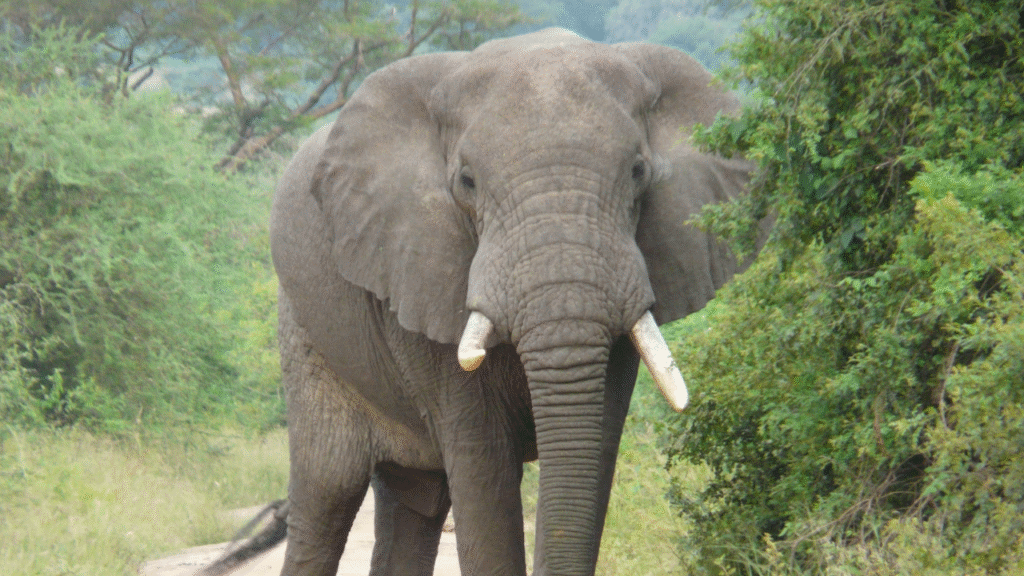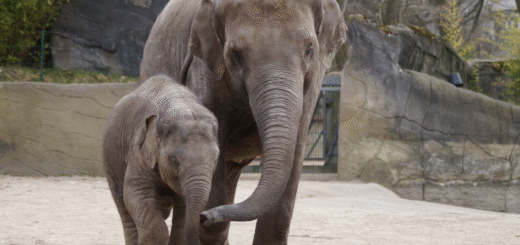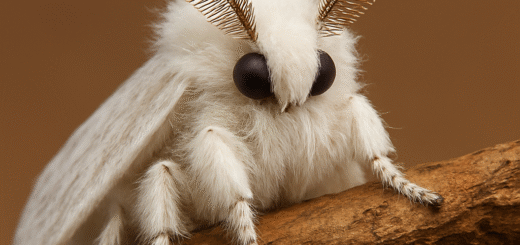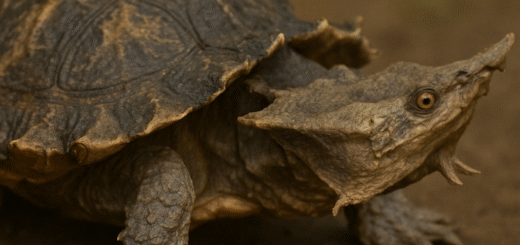The Intelligence of Elephants: Are They Smarter Than We Think?
When we think of intelligent animals, dolphins and chimpanzees often come to mind. But there’s another gentle giant whose mind continues to surprise researchers and animal lovers alike: the elephant. Long admired for their size and strength, elephants are now earning recognition for something far less visible but incredibly powerful — their intelligence.

Emotional Intelligence: Grief, Empathy, and Joy
Elephants don’t just survive in herds — they bond deeply. They’ve been observed mourning their dead, gently touching the bones of deceased herd members and even returning to the site of their death years later. This shows not only long-term memory but a capacity for empathy and emotion.
In sanctuaries and the wild, elephants have been seen comforting distressed companions. Mothers show extreme tenderness toward their calves, and matriarchs — the oldest females — often act as wise leaders and problem-solvers for their groups.
Problem Solvers and Tool Users
Studies have shown that elephants are capable of using tools, such as stripping leaves from branches to create fly swatters or plugging water holes with bark to store drinking water. In one famous study, elephants figured out how to stack boxes to reach food hung overhead — a clear sign of insightful thinking.
Their problem-solving skills are often driven by their strong memory. Elephants remember migration routes, water sources, and even individual humans — both friendly and threatening. This memory plays a crucial role in their survival in the wild.
Communication: Beyond Trumpeting
Elephants use a wide range of sounds and gestures to communicate — many of which are too low for human ears to detect. Through infrasound, they can send messages across several kilometers, coordinating movements or alerting others of danger.
They also rely on touch and body language, with trunks acting almost like hands — to console, greet, or lead one another. This level of communication complexity is rarely seen in non-human animals.
Self-Awareness: The Mirror Test
Only a handful of species have passed the mirror self-recognition test — a benchmark of self-awareness. Elephants are among them. In this test, elephants recognized themselves in a mirror, a trait linked to consciousness and self-perception, placing them in an elite group alongside dolphins, magpies, and some primates.
Culture and Learning
Elephants don’t just learn — they teach. Calves learn social behavior, tool use, and migration patterns from older members of the herd. In captivity and the wild, elephants have also demonstrated the ability to mimic sounds and understand commands, showing adaptive learning and cognitive flexibility.
Some herds have even developed unique behaviors that are passed down through generations — a sign of animal culture, once believed to be exclusive to humans.
Conclusion: The Mind Behind the Majestic Form
As we continue to study elephants, it’s becoming increasingly clear: these magnificent creatures possess a depth of intelligence, emotion, and social complexity that rivals some of the smartest animals on Earth. Their brains — the largest of any land animal — are more than just big; they’re beautifully complex.
Recognizing the cognitive richness of elephants isn’t just fascinating — it’s vital. When we understand how smart they are, it strengthens the argument for ethical treatment, protection, and conservation. Elephants are not just animals of the wild; they are thinkers, feelers, and deeply connected beings.








